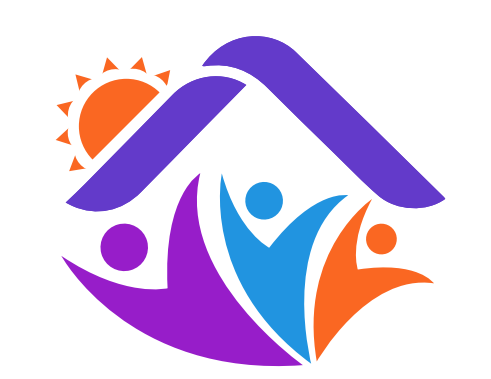Substance Use Prevention
While there is no one way or guaranteed way to prevent someone from abusing drugs and alcohol, there are things that everyone can do to prevent substance abuse.
Here are the top five ways to prevent substance abuse:
1. Understand how substance abuse develops. Substance abuse starts by:
- Using addictive drugs (illicit or prescribed) for recreational purposes
- Seeking out intoxication every time you use
- Abusing prescription medication
2. Avoid Temptation and Peer Pressure. Develop healthy friendships and relationships by avoiding friends or family members who pressure you to use substances. It’s often said “we become most like those we surround ourselves by,” meaning if you surround yourself with people who abuse drugs and alcohol you are more likely to as well. Peer pressure is a major part of life for teens and adults. If you are looking to stay drug free develop a good way to just say no, prepare a good excuse or plan ahead of time to keep from giving into peer pressure.
3. Seek help for mental illness. Mental illness and substance abuse often go hand in hand. If you are dealing with a mental illness such as anxiety, depression or post-traumatic stress disorder you should seek professional help from a licensed therapist or counselor. A professional will provide you with healthy coping skills to alleviate your symptoms without turning to drugs and alcohol.
4. Examine the risk factors. Look at your family history of mental illness and addiction, several studies have shown that this disease tends to run in the family, but can be prevented. The more you are aware of your biological, environmental and physical risk factors the more likely you are to overcome them.
5. Keep a well-balanced life. People often turn to drugs and alcohol when something in their life is missing or not working. Practicing stress management skills can help you overcome these life stressors and will help you live a balanced and healthy life.
Develop goals and dreams for your future. These will help you focus on what you want and help you realize that drugs and alcohol will simply get in the way and hinder you from achieving your goals.
Share these tips for avoiding and preventing substance abuse with your friends and family and help promote a healthier lifestyle free from addiction.
Sources: National Institute on Drug Abuse: http://www.drugabuse.gov Above the Stress: http://www.abovetheinfluence.com SAMHSA: https://www.samhsa.gov/brss-tacs/recovery-support-tools/youth-young-adults.
STEM Education

What is STEM education and why is it important?
K–12 STEM education encompasses the processes of critical thinking, analysis, and collaboration in which students integrate the processes and concepts in real world contexts of science, technology, engineering, and mathematics, fostering the development of STEM skills and competencies for college, career, and life.
Music, Arts, and Recreation
Express yourself visually with paint or audibly with musical instruments
Cultural Humility
Cultural humility is the “ability to maintain an interpersonal stance that is other-oriented (or open to the other) in relation to aspects of cultural identity that are most important to the [person].[1]” Cultural humility is different from other culturally-based training ideals because it focuses on self-humility rather than being an other-directed “they/them” way of achieving a state of knowledge or awareness. It is helpful to see as others see; what they themselves have determined is their personal expression of their heritage and their “personal culture”. Cultural humility was formed in the physical healthcare field and adapted for therapists, social workers, and medical librarians,[2] to learn more about experiences and cultural identities of others and increase the quality of their interactions with clients and community members.

